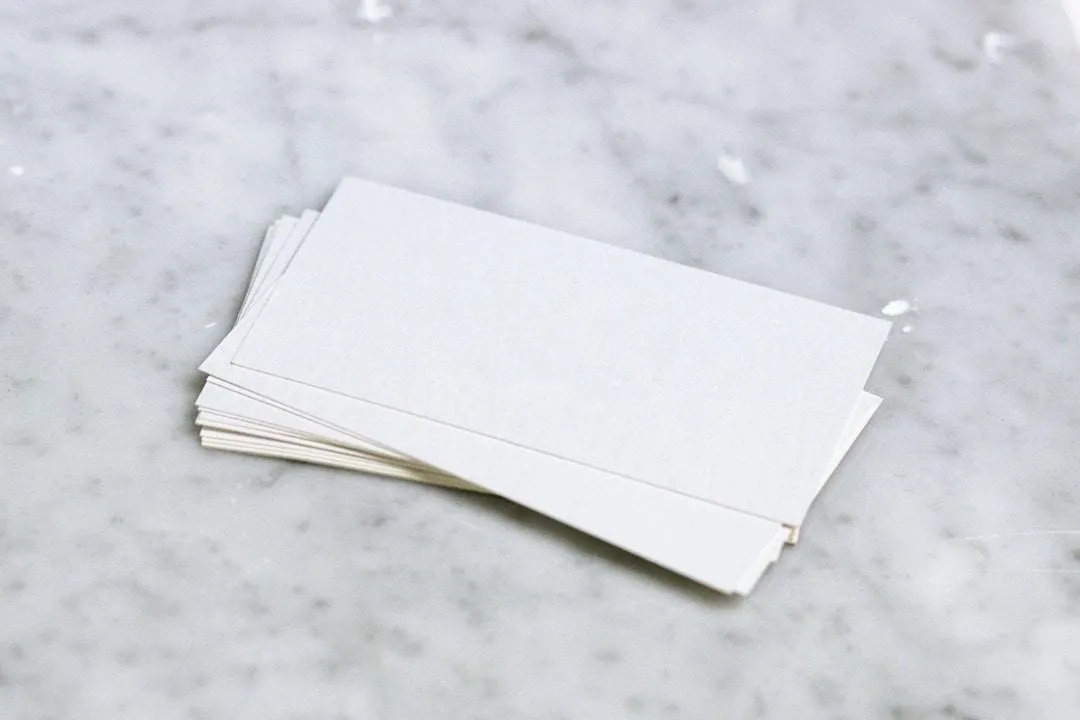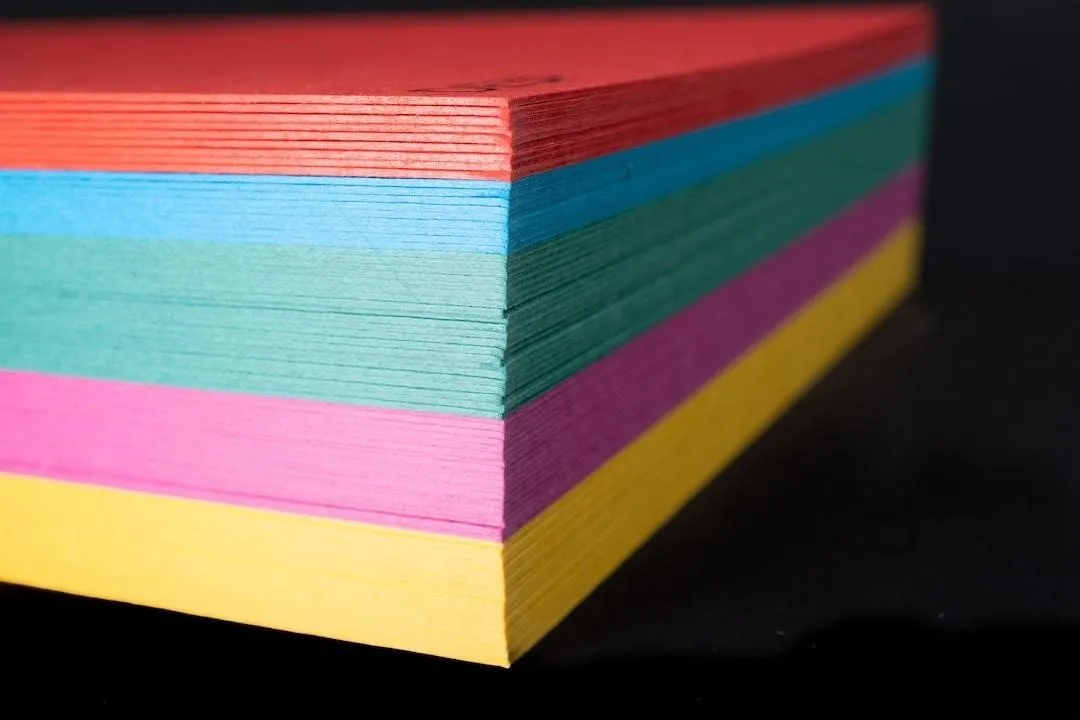
Card Stock Weight: Choosing the Best Card Stock For Your Project
July 31, 2023
Thinking about printing on card stock? The weight of card stock determines its durability, sturdiness, and quality. Choosing the right card stock weight for your project can help you make a significant difference in the overall outcome of the card. In this article, we’ll go over how you can choose the best card stock for your project. First, we’ll place a large emphasis on paper weight, then we’ll go over other factors such as paper coating, types of card stock, and even brightness or opacity. Keep reading to learn more about what to consider when choosing the weight of card stock right here at Bestype Printing NYC.
Paper Weight
When it comes to choosing the best card stock for a design, you’ll need to learn about paper weight and why it matters. Weight refers to the thickness and sturdiness of the type of paper. It’s typically measured in pounds (lbs.) or grams per square meter (GSM). The higher the weight, the thicker the paper.
Paper weight is determined by a ream, which is 500 sheets of a standard size of card stock referred to as the “basis weight.” Let’s say that you’re online and see 80 lb card stock. This means that 500 sheets weigh around 80 lbs. Now, this is the overall weight. You’ll also want to consider the thickness, which is measured in points or mils. It’s usually the thickness of the sheet of paper in thousandths of an inch. So, a 10 pt. card is 0.010 (or 0.254 mm) in thickness.
Overall, choosing the right option depends on the type of printing project. A printing project for business cards will require different weights compared to one for invitations. For postcards, menus, or even business cards, you may be better off with lighter-weight varieties around 65 to 80 lbs. But for professional projects like presentation materials, invitations, and other deliverables, you’ll want to choose paper weighing around 100 to 110 lbs.
To make the best decision, do some research on our site and compare different card stock weight options for your project.
Coating and Finish
Apart from choosing the right paper weight and thickness, you’ll also want to learn about finishes and coating. The two main options are uncoated and coated paper.
Uncoated
Uncoated card stock is a popular choice if you prefer a natural, more organic feel to your paper. It tends to have a rougher surface texture because it isn’t coated with any additional finishes. It’s a more tactile experience and makes for an elegant and softer appearance. This uncoated finish is best if your design is simple and understated. for example, if you plan to print a simple logo design, the texture of uncoated paper adds extra details so it isn’t so plain.
Coated
Coated varieties tend to be more smooth and can even have a satin or glossy paper finish. The coating can protect against smudging, smearing, and fading. These are typically used for high-end marketing materials. The coating can affect the way ink dries and is absorbed onto the paper. It can even result in more vibrant colors or sharper images due to the finish.
You can choose between each type depending on your desired look and how you want to make an impression. Remember to consider which card stock weight works well with the type of coating you choose.
Brightness and Opacity
The brightness of paper refers to how much light it will reflect. Higher brightness typically results in a crisp, more vibrant appearance. Choosing a higher brightness is best if you want colors to stand out for a stronger visual impact.
Opacity refers to how much light can pass through the paper. Dense paper is less likely to show on the other side. You’ll want to keep this in mind when you’re printing anything double-sided to ensure the designs are opaque and don’t overlap one another when light shines through the card.
Cover Stock vs. Text Stock
Card stock is also sometimes referred to as “cover stock.” This is because it’s a thick, durable paper that ranges in weight typically used as a cover for various materials. It’s a sturdy version of printer paper and can range from anywhere between 50 to well over 100 lbs. Text stock is a lighter and thinner paper option. It’s most commonly used for the internal pages of books, magazines, catalogs, and other publications. If you’re interested in creating your own magazine, for example, then you’ll need text stock. This type of paper is primarily chosen for its flexibility, allowing for easy folding and bending.
Overall, choosing the right card stock weight will ensure your project achieves a professional finish and stands the test of time. So, take the time to carefully consider the weight of the card stock and make an informed decision that aligns with the requirements of your printing project. Maybe you’ll want to get your catalog printed next. Here at Bestype Printing in New York City, we offer the full range of printing services NYC residents need, and we specialize in time-sensitive, premium-quality printing and signage.
From book printing to rush printing or large format mediums for special events, we’ve got you covered. Check out our wide range of high-quality print products beyond card stock and learn how we can help you meet your business goals!
